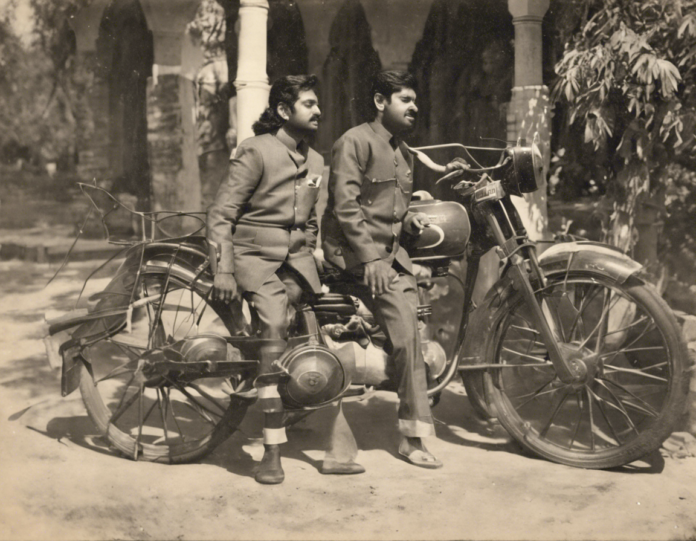A significant ritual in Hindu culture, the Pran Prathistha Samaroh is a sacred ceremony that involves invoking divine energy into an idol. This ritual marks the formal consecration of a deity into a murti (idol) thereby bringing the deity to life within the idol, allowing devotees to establish a connection and communicate with the deity. In this article, we will delve into the intricacies of the Pran Prathistha Samaroh, its significance, the procedure involved, and its spiritual essence.
Understanding the Significance of Pran Prathistha Samaroh
The term ‘Pran Prathistha’ comprises two words: ‘Pran’ meaning life force or divine energy, and ‘Prathistha’ meaning establishment. Together, they signify the act of infusing life and divine presence into the idol of a deity, transforming it from a mere symbol into a receptacle of spiritual energy. This energization process is believed to awaken the deity within the idol, enabling devotees to establish a personal and tangible connection with the divine.
The Procedure of Pran Prathistha Samaroh
The Pran Prathistha Samaroh is a meticulous ceremony that follows a structured procedure, combining ancient Vedic wisdom and intricate rituals. While variations exist based on regional customs and practices, the core essence of the ritual remains consistent. Here is a simplified overview of the typical steps involved:
Preparatory Rituals:
-
Purification: The venue, priests, and participants undergo a purification process to ensure spiritual sanctity.
-
Invocation: Mantras are chanted to invoke the presence of the deity and seek blessings for the ritual.
Main Ceremony:
-
Installation of the Idol: The murti of the deity is placed on a sacred platform (peeth) symbolizing the divine seat.
-
Purification of Idol: The idol is bathed, cleansed, and adorned with various offerings.
-
Mantra Recitation: Vedic hymns and mantras are chanted to infuse the idol with divine energy.
-
Transfer of Energy: The main priest, often assisted by other priests, transfers the life force (Prana) into the idol through a process known as Pran Prathistha.
-
Offerings: Various offerings such as flowers, incense, lamps, and food are presented to the deity as symbols of devotion.
-
Aarti: The ceremony concludes with the offering of aarti (light from wicks soaked in ghee) to the deity, accompanied by prayers and devotional songs.
The Spiritual Essence of Pran Prathistha Samaroh
At its core, the Pran Prathistha Samaroh encapsulates the belief that the divine is omnipresent and can manifest in physical forms to enable devotees to connect with the divine essence. By infusing the idol with divine energy, the ceremony bridges the gap between the physical and spiritual realms, providing a focal point for worship and contemplation. Devotees believe that through sincere devotion and rituals like the Pran Prathistha Samaroh, one can experience the presence and blessings of the deity in their lives.
FAQs (Frequently Asked Questions)
- Is Pran Prathistha Samaroh only performed in temples?
No, Pran Prathistha Samaroh can be conducted in temples, as well as in homes or community spaces for personal or collective worship.
- Can anyone perform Pran Prathistha Samaroh?
Typically, trained priests well-versed in Vedic rituals perform the Pran Prathistha Samaroh due to its sacred nature and complexity.
- How long does a Pran Prathistha ceremony last?
The duration of the ceremony can vary depending on the deity, the scale of the ritual, and the specific customs followed but can last several hours to a day.
- Is Pran Prathistha necessary for worshipping deities?
While it is not mandatory, Pran Prathistha is believed to enhance the spiritual potency of the idol and deepen the devotee’s connection with the deity.
- Can one feel the presence of the deity after Pran Prathistha?
Devotees often report a heightened sense of spiritual connection and divine presence after the Pran Prathistha ceremony, enriching their worship experience.
In conclusion, the Pran Prathistha Samaroh encapsulates the essence of divine manifestation and spiritual communion in Hindu worship. Through this ritual, devotees seek to establish a sacred bond with the deity, transcending the physical form of the idol to experience the presence of the divine. By understanding the significance, procedure, and spiritual essence of Pran Prathistha Samaroh, one can delve deeper into the profound spiritual traditions of Hindu culture and enrich their spiritual practices.







